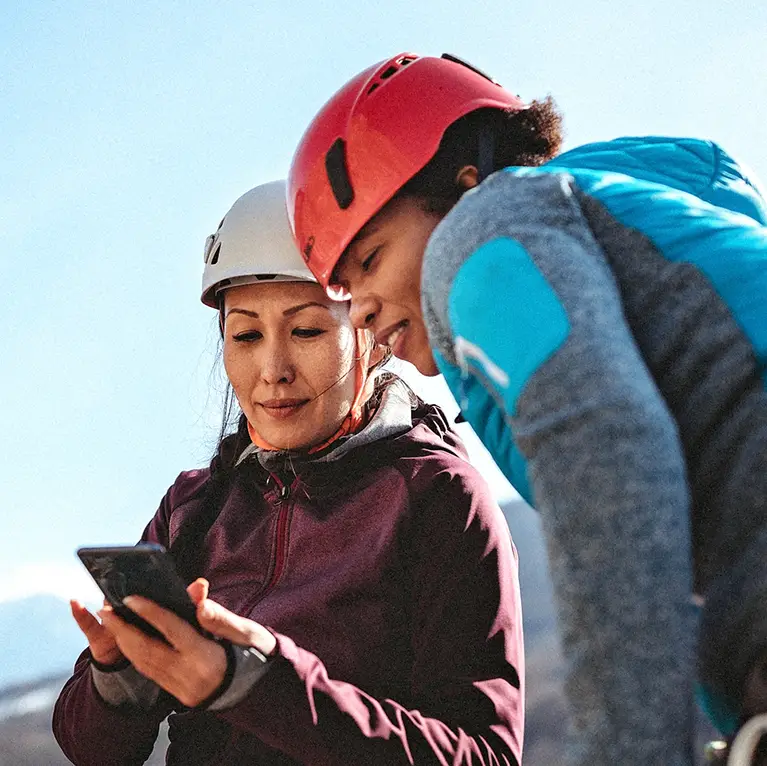Outdoor rock climbing is an exciting and challenging activity that can be enjoyed by people of all ages and skill levels. With the right knowledge, equipment, and safety practices, anyone can get started climbing outdoors. This guide will provide some essential tips for getting started with outdoor rock climbing, from choosing the right gear, to knowing what safety precautions to take. Additionally, it will explain how to choose the best outdoor rock climbing locations for beginners and how to progress your skills over time. Whether you’re a first-timer or looking to take your outdoor rock climbing experience to the next level, this guide has something for everyone!
As a beginner, it is essential to understand the basics of rock climbing before attempting to climb outdoors. This includes having the right gear such as a harness, climbing shoes, belay device, a helmet, locking carabiners, 12 quickdraws and a 60 – 70m rope. To help prepare yourself for outdoor rock climbing, it is a good idea to take basic classes or practice indoors. This familiarizes you with the basic skills and helps you understand the basic belay protocols for the sport. With the required gear & knowledge, rock climbing can be an enjoyable pastime that will stay with you for a long time. It’s a great way to challenge yourself and experience nature in a unique way!
But to maximize your enjoyment and safety, it’s important to have an experienced guide help you move outdoors. A certified ACMG guide can show you the best spots for rock climbing and teach you the safety skills and techniques you need, such as cleaning anchors, repelling, and route reading. With their help, you can transition from indoors to outdoors with confidence and make the most of your rock climbing experience.
How to Get Started with Outdoor Rock Climbing?
With the right knowledge, you can get climbing outside in no time. The first step is to get your equipment organized and select a climbing area that is not too steep. Most climbers these days have taken a lead climbing class at an indoor gym, though a guide like Girth Hitch Guiding can teach you all the skills you need, from how to put on a harness to advanced rope rescue. As well, don’t rush, and progress at a comfortable pace. With these tips, you can start your outdoor rock-climbing journey with ease.
View our progression page to see how you can learn from zero knowledge to an advanced climber through our courses, tours and adventures.
Generally, Climbers Progress like this:
- Top rope climber; work on movement, basic skills
- Top rope belayer; learn to belay other top rope climbers
- Lead climber; learn to lead climb
- Anchor builder/anchor cleaner; learn to safety manage simple anchors
- Lead belayer; learn to belay other lead climbers
- Multi-Pitch climber; learn to build Multi-Pitch anchors and learn to rappel
- Rope rescue skills; learn rope rescue to act quickly in case of an accident
Types of Outdoor Rock Climbing and Which One is Best for You
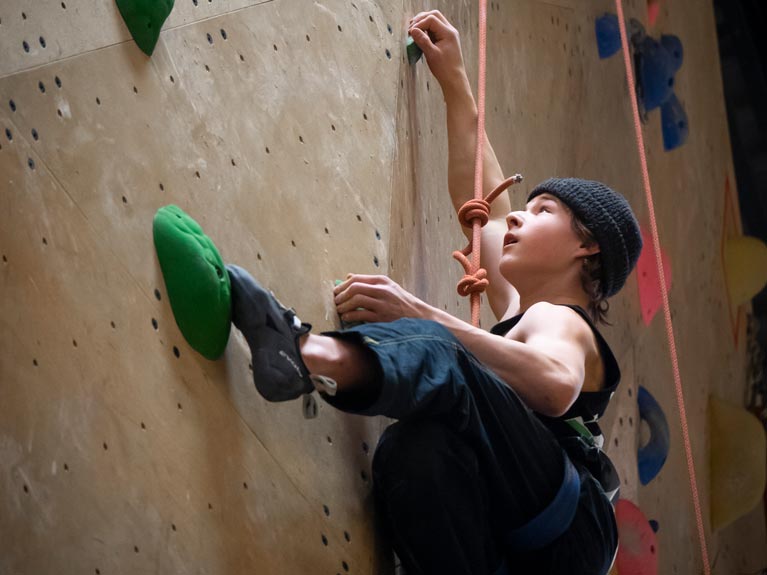
Indoor Climbing

Outdoor Top Rope Climbing
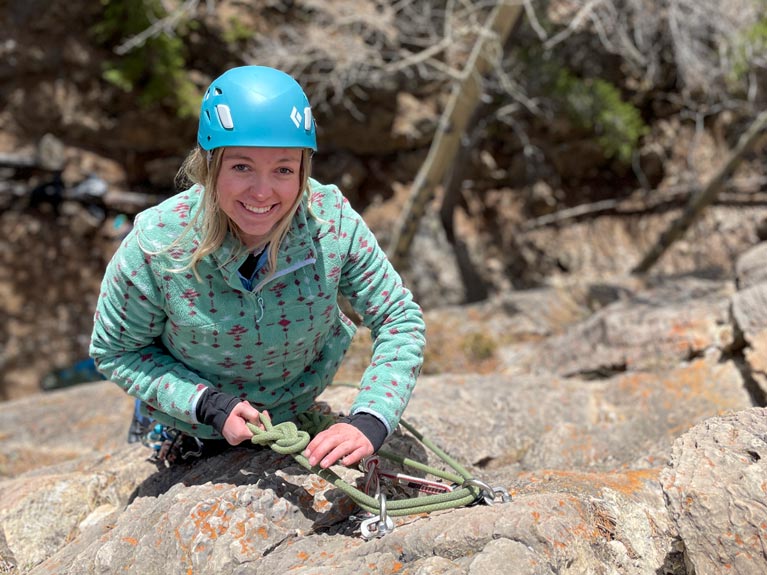
Outdoor Lead Cimbing
Rock climbing is an increasingly popular outdoor activity that has grown exponentially in recent years. There are many different types of rock climbing, from bouldering to sport climbing, traditional climbing to alpine climbing. Each type offers unique challenges and requires different skills. Most people start their outdoor climbing career either bouldering, or outdoor sport climbing. We will focus on outdoor sport climbing in this article.
Outdoor sport climbing is a great way to get active and explore the outdoors. Sport climbing in its current form has been around for about 40 years. It requires physical strength, agility, and coordination while offering tremendous mental and physical benefits. It includes roped climbing on fixed hangars by placing quickdraws and clipping into them (similar to lead climbing in an indoor climbing gym). However, unlike traditional gym climbing, sport climbers face longer gaps between bolt hangers, and risk longer falls, and must now manage and clean their own anchor systems for each climb. This requires additional knowledge of anchor building and management techniques, as well as the use of specialized techniques for building top anchors with slings, quickdraws, locking carabiners to make self-equalizing anchors. Sport climbers must also take into account the safety of their fellow climbers when setting up these systems.
Outdoor Rock Climbing Safety Tips & Guidelines
Outdoor rock climbing can be dangerous. Safety must be taken into account when rock climbing outdoors, as there are many hazards that can cause injury or even death. Risk management is key in outdoor rock climbing; climbers should always assess the risks and act accordingly in order to minimize potential harm. With the right equipment, knowledge, and preparation, climbers can enjoy a safe and exciting experience while pushing their limits climbing the rock.
Some risks include rockfall, longer lead climbing falls, mistakes while anchor building, mistakes cleaning anchors and lowering down, climbers must be aware of the potential hazards associated with their activity. To ensure a safe and enjoyable experience, it is important for climbers to understand the risks involved in each part of their climb and take the necessary precautions. No webpage, or youtube video can ever replace certified instruction from an ACMG certified climbing guide.
Some Tips Buying Your Climbing Equipment
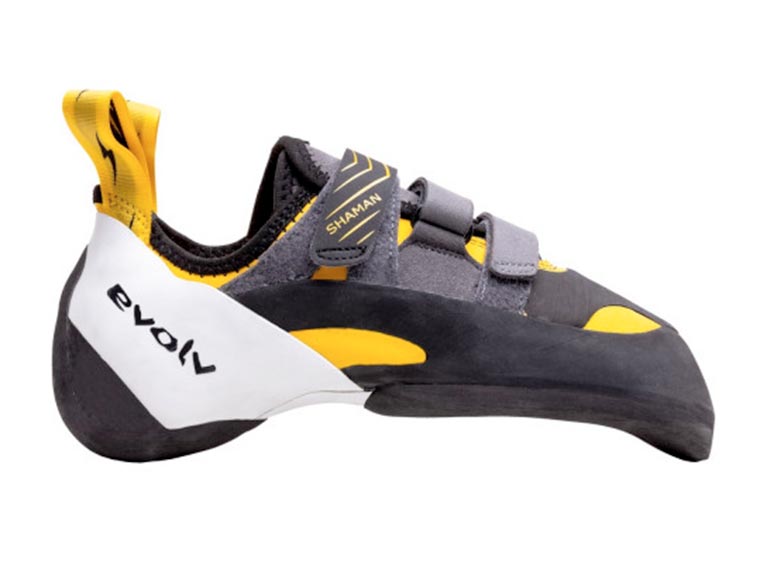
Choosing Climbing Shoes
Climbing shoes are an important part of any climber’s gear, and choosing the right pair can make all the difference in your climbing experience. In the past, climbers tended to buy shoes that were too tight in order to get better performance out of their climbing shoes. However, this is no longer the case as there are now a variety of shoe types available for different types of climbing. Stiffer shoes are great for edging while softer shoes are better suited for slab climbing and Multi-Pitch routes. Additionally, many climbers now own multiple pairs of shoes to suit different types of terrain and conditions.
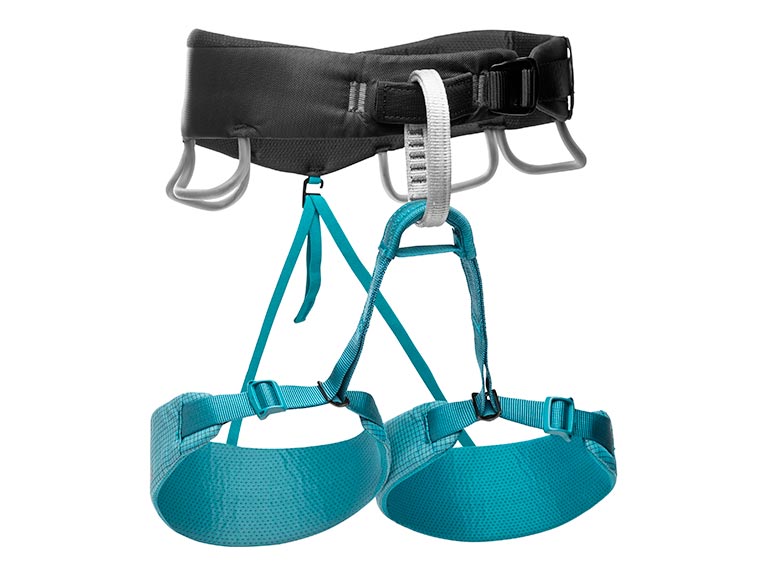
Choosing Climbing Harness
With so many types of harnesses available, it can be difficult to decide which one is right for you. Cheaper harnesses tend to be thicker, bulkier and have fewer gear loops than more expensive models. However, they still offer the same strength and safety as the more expensive models. On the other hand, more expensive harnesses are usually thinner and more comfortable to hang in, with additional features such as extra gear loops. Ultimately, it is important to choose a harness that best fits your needs and comfort.
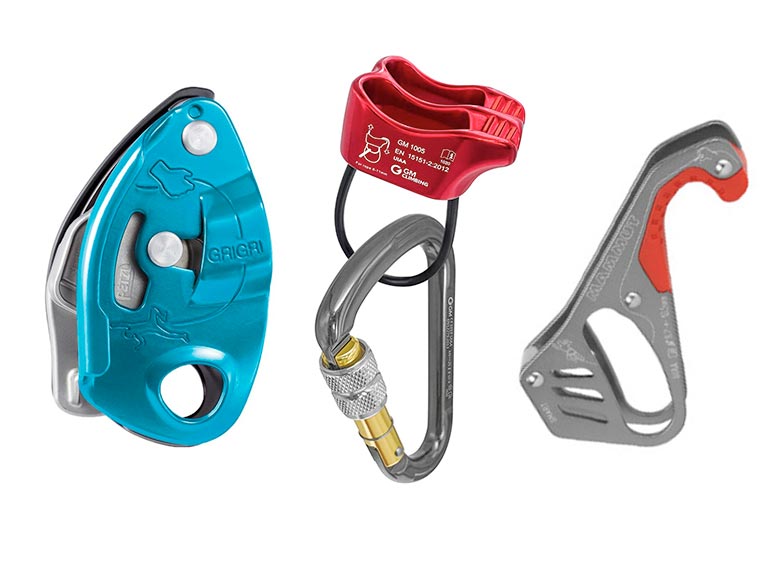
Choosing a Belay Device
Belay devices are a critical safety component of climbing. There are two main types of belay devices: the ATC type and the auto-locking type. The ATC type, such as a Black Diamond ATC, is lightweight and can be used for both single-pitch and Multi-Pitch routes. The auto-locking type, such as a Petzl GriGri or Mammut Smart, offers additional safety features and has some kind of auto-stop function as long as you control the rope. While many indoor gyms require the use of an auto-locking belay device for added security, it ultimately depends on what you’re comfortable using and what you learned to belay with.
Most people also buy a locking carabiner when they buy their belay device.
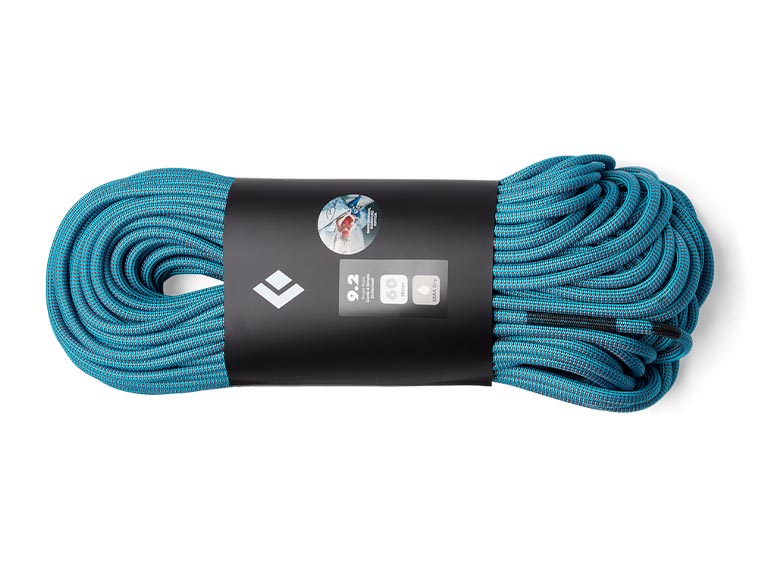
Choosing a Rope
When shopping for a rope, there are several things to consider: whether you need a dry treatment for ice climbing, the length (70m is ideal for sport climbing), make sure there is a center mark, and if you prefer, a dual pattern on each half. Additionally, feel in your hand is important – look for ropes that are soft and supple yet still have all the features (length, treatments, marks and patterns) you prefer.
Smaller ropes, ranging between 9mm and 10mm in diameter, provide a lightweight option for outdoor climbing and rappelling, but can have a shorter lifespan. For longer-lasting use, 10mm ropes offer greater strength and flexibility, though most ropes are smaller nowadays.
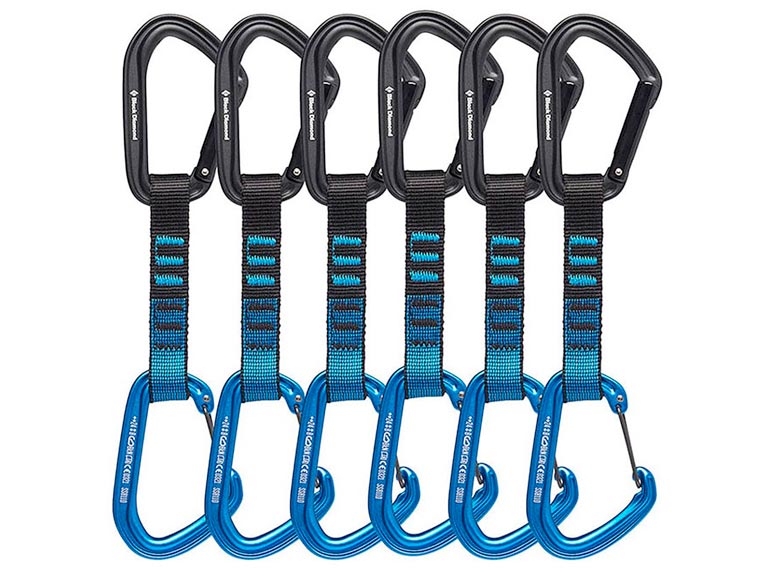
Choosing Quickdraws
A great place to start is by purchasing a 6-pack of quickdraws from a local gear store like alloutclimbing.com. This will help you get the basics of your climbing kit in a hurry. Choose from popular brands such as Black Diamond and Petzl, and start with shorter sling lengths, from 13cm-16cm. You can also get longer slings for when there is a corner, ledge or other obstacle. Ultimately, choose the colour and quickdraws that best reflect your personal style and preference when you are starting out.
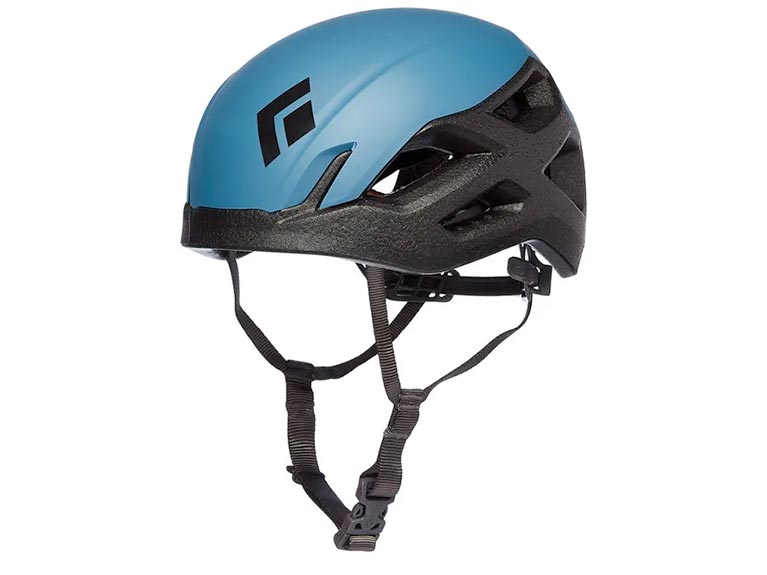
Choosing a Helmet
A climbing helmet is an important piece of safety equipment that can protect you rockfall and other hazards while on a climb. Hard shell helmets are the most popular choice as they are cheaper, and available in many different colours. However, they can be slightly hotter to wear due to their design and materials.
The more expensive models available offer better protection and comfort. These helmets are typically constructed from dual materials such as hard shell and polyurethane to provide superior impact protection. They may cost quite a bit more than the standard helmet, but they can save lives in the event of a serious accident.

Choosing a Crag
When it comes to choosing a location for outdoor rock climbing, there are a few key factors to consider. Guidebooks can help you identify the best spots and look for routes with low angles and easier grades, typically ranging from 5.5-5.8. Additionally, make sure the area offers easy access and no other hazards like loose rocks or overhanging trees that could interfere with your climb.
When looking for the ideal climbing spot, it’s important to consider features like easy access, flat belay platforms, comfortable shade, and other details. Fortunately, there are plenty of places that offer these features. With a bit of research, you can find the perfect spot for your next climbing adventure.
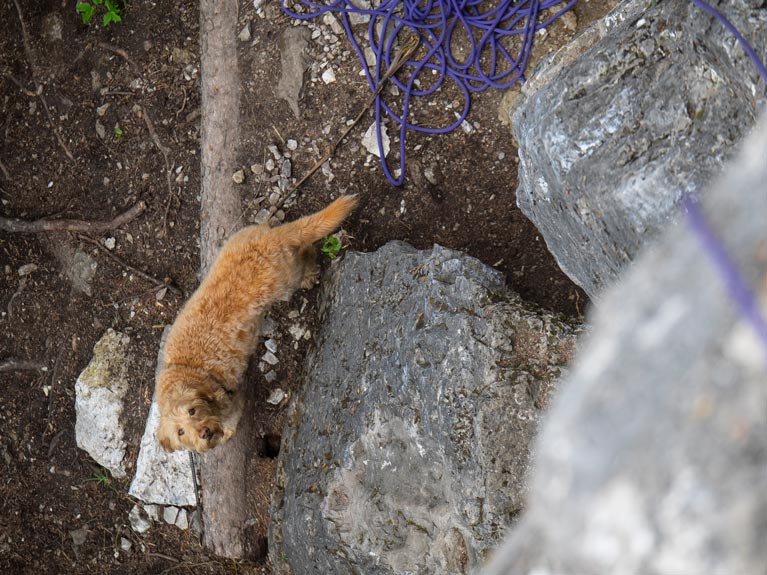
Can I bring My Dog to a Outdoor Climbing Area
For decades, there has been a debate over the acceptability of allowing dogs at outdoor climbing areas. While some argue that it is not appropriate to bring a pet to such an area, others believe that as long as the dog is under control and well-behaved, it can be allowed. For this reason, it is important to make sure that any canine companions are on a leash at all times, are not barking excessively or eating other people’s food. With these considerations in mind, it is likely that bringing a dog to an outdoor climbing area could be an acceptable option. Pet owners visiting outdoor climbing areas can expect some opposition from those who do not like dogs being around. It is important for pet owners to be prepared for any potential debates by controlling their pets and making sure they are aware of the rules for the area. After that, the choice is yours …
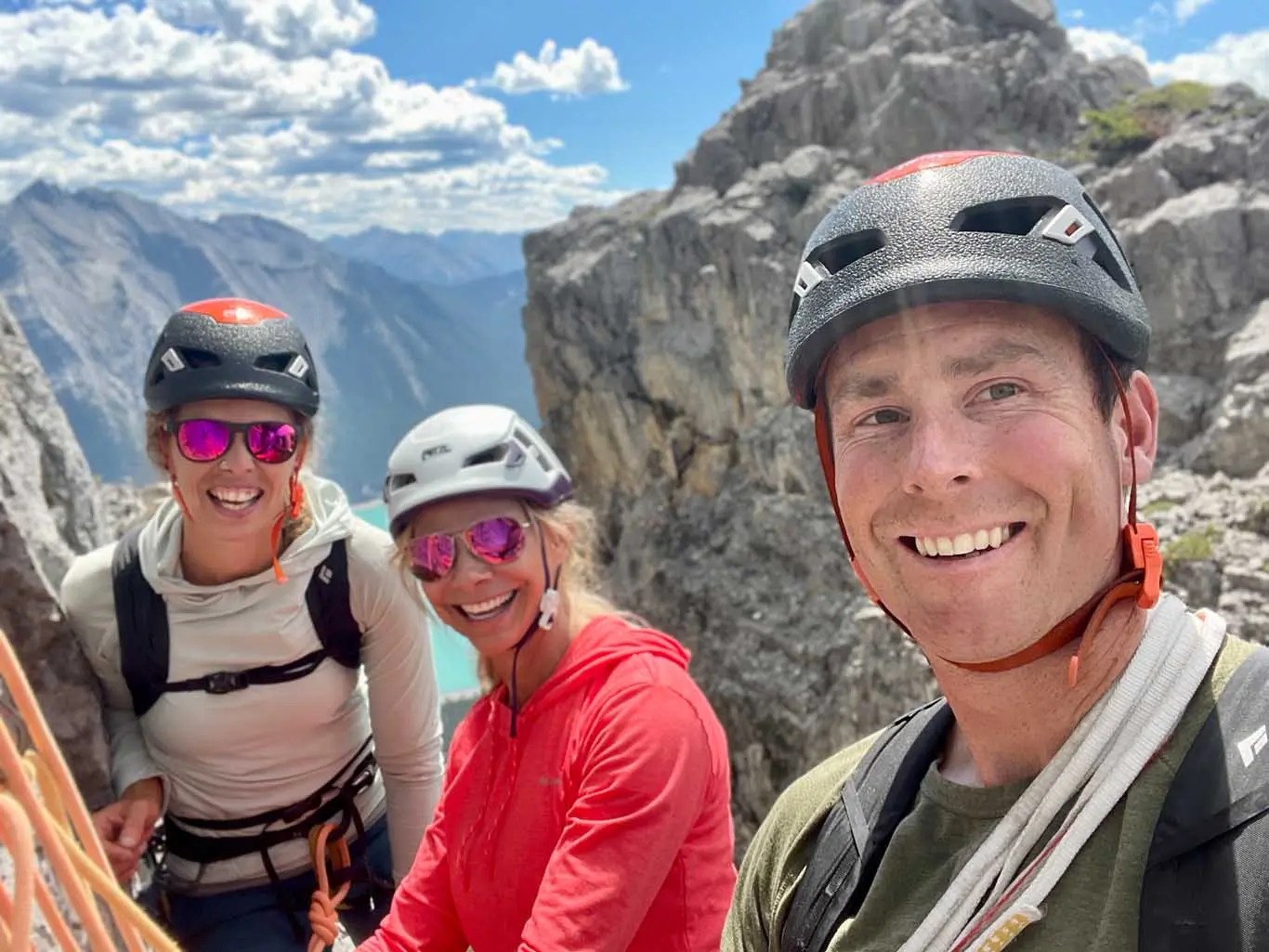
The Benefits of Outdoor Rock Climbing for Your Mind & Body
Rock climbing is an incredibly rewarding and physically demanding outdoor activity that offers a number of health benefits. It provides an excellent full-body workout, strengthens muscles and bones, increases flexibility, and helps improve balance and coordination. Additionally, it can help reduce stress levels and improve mental health. By participating in this sport, individuals can also gain confidence and learn how to problem solve in challenging situations.
At Girth Hitch Guiding, we believe that have adventures in the mountains such as outdoor rock climbing are transformational experiences that can help us dig deep within ourselves and achieve things we would otherwise not be able to. It can also help improve our mindset, fitness levels and overall quality of life. We believe it is well worth the time and effort to pursue these activities as the rewards are great. See you out there!
How to Learn to Outdoor Rock Climb With Us
Are you looking for a thrilling adventure? Girth Hitch Guiding has got you covered! Our Try Rock Adventure is one of the most popular activities in the area, and we make it easy to book with us. Just visit our Adventure page, select an adventure product, and click “book now”. If you need any help during the process, contact us at booking@girthhitchguiding.ca and we’ll be more than happy to assist you. So what are you waiting for? Book your climbing trip with us today!

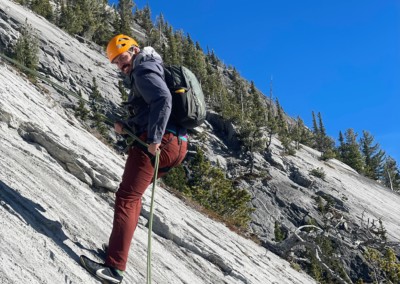
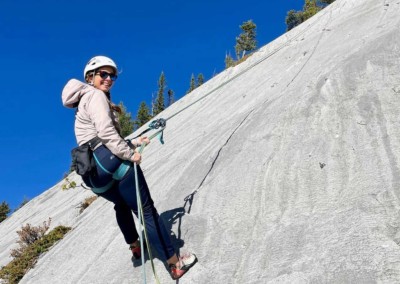


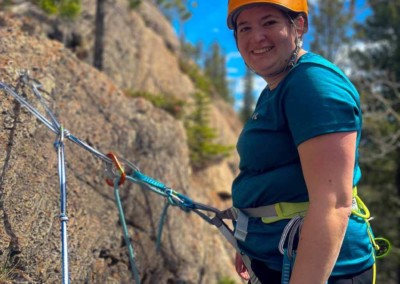
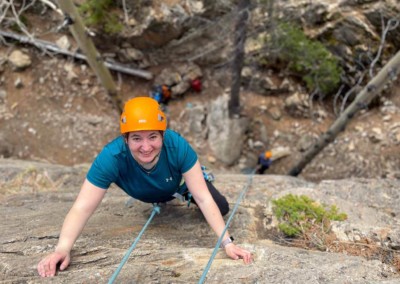


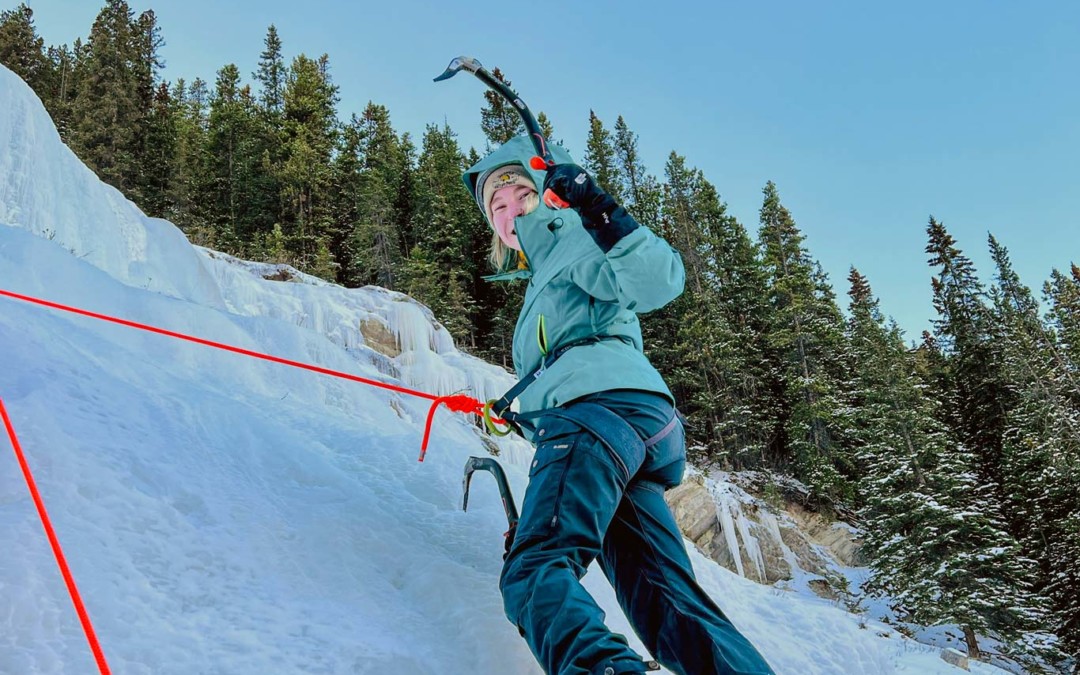


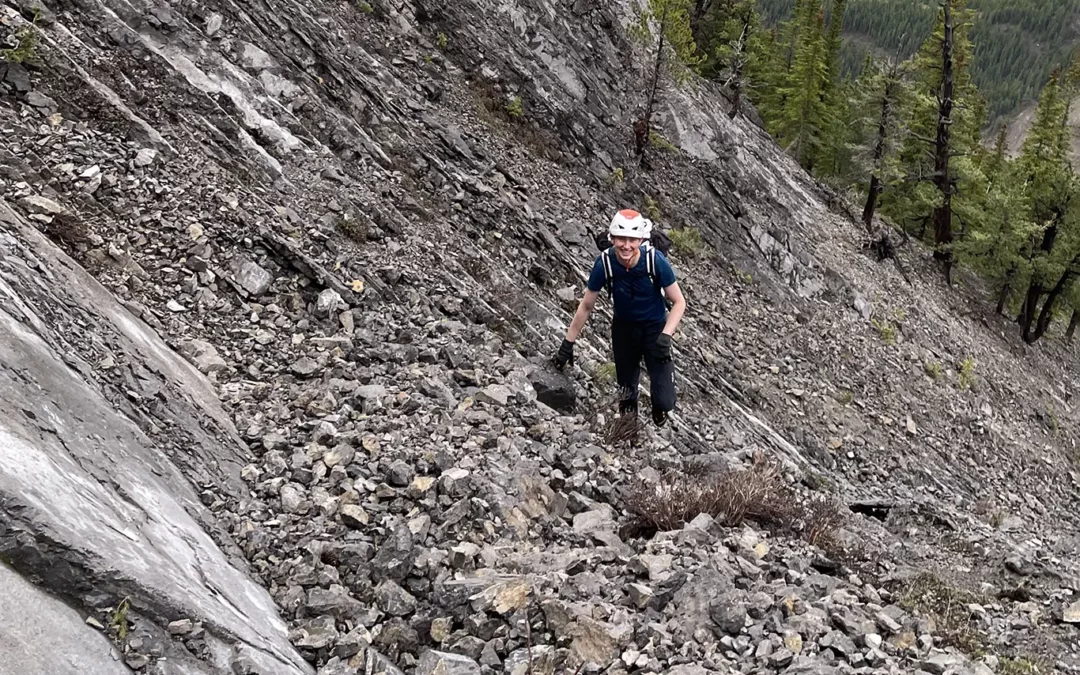
 Need help deciding which trip works for you?
Need help deciding which trip works for you?